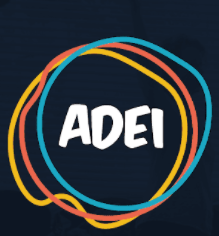Telling Stories
1. Active story-telling
This form of physical theatre requires the class either individually or in groups to respond to a narrative by ‘becoming’ objects and characters as they crop up in the story. The whole group becomes a constantly changing physical shape which can represent geographical features, animals, objects and of course people.
2. Eavesdropping (see ‘tracking thoughts’)
This strategy can be used to allow a large number of people to contribute fragments of narrative detail to a collective drama. For example, if people working in pairs have been improvising in role, the teacher can ask the class to all be still and silent until the teacher seamlessly passes by each pair in turn. When the teacher passes by each pair, it will be their opportunity to go back and re-enact what they have already enacted or they might carry on improvising from where they left off. When the teacher passes on, the pair falls silent and still again, and it will be another pairs’ turn. They teacher may only stay ‘eavesdropping’ for a minute or so. This can also be done with small groups.
3. Teacher narration: first person
Here the teacher takes on the role of a character in a drama and narrates using a first person narrative. E.g. ‘I sat down on my throne and looked around at my ministers’.
4. Teacher narration: third person
Here a teacher introduces or advances the narrative acting as a storyteller and using a third person authorial voice. E.g. ‘The king sat down on his throne and looked around at his ministers’. Often the teacher will try to incorporate ideas supplied by class members into the narration, so that the children hear their ideas as part of a successful narrative.
